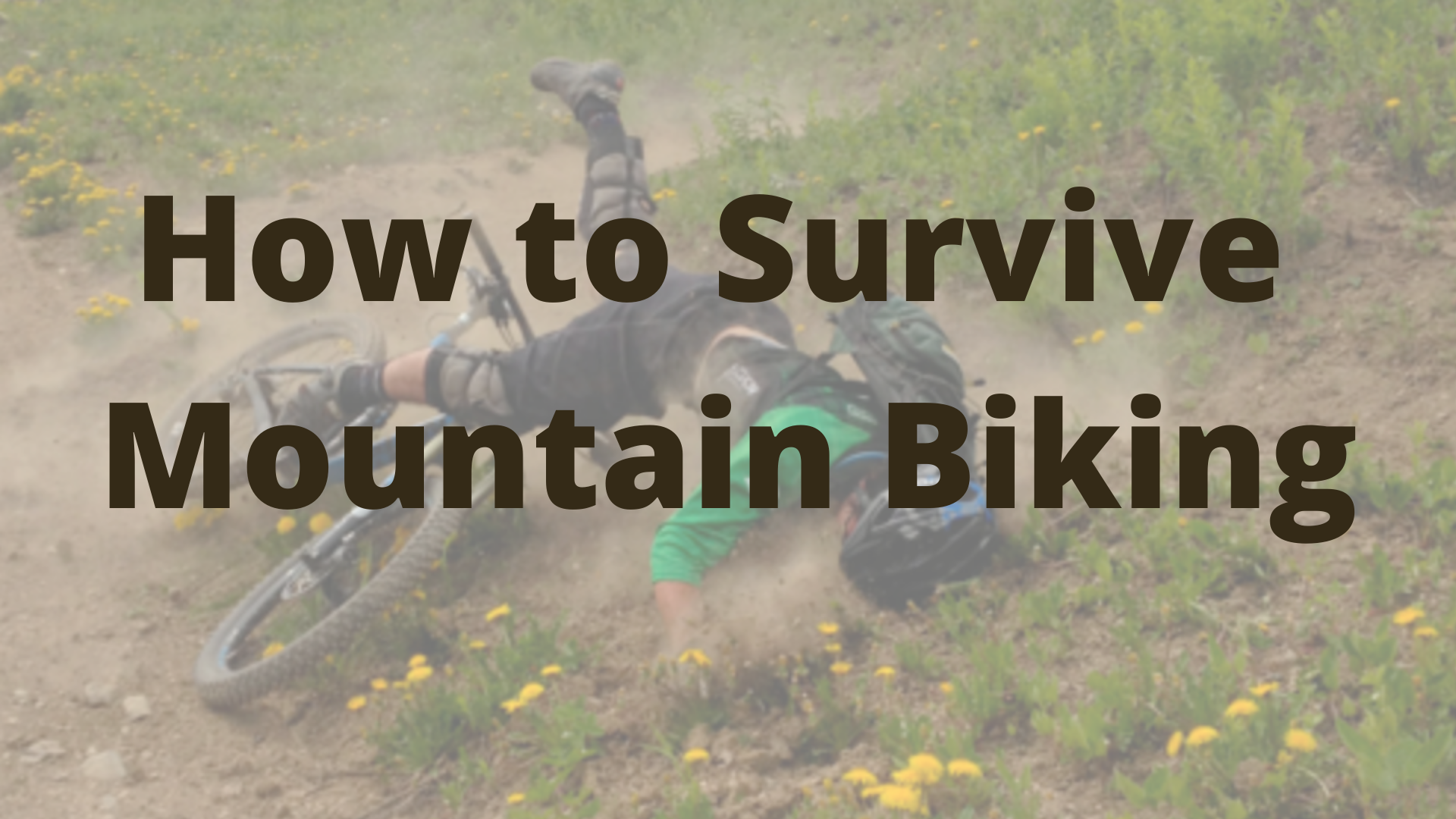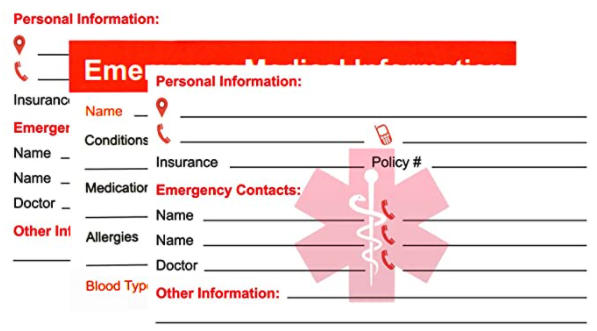Trail Preparedness
We are offering some basic resources to help you stay safe and be prepared for your mountain biking adventures.
Mountain bikers often take for granted the fact that we‘ll return safe and sane from our jaunts into the backcountry even those that take us twenty miles or more from the nearest town or main road. I think we get this false sense of security from the fact that long distances can easily be covered on a bike in a matter of a few hours, as opposed to hiking or backpacking where the time involved reinforces the reality of the seclusion and distance from help should some unforeseen event occur. The truth is, the further you get from your car, a road or a town, the greater the likelihood you'll end up spending the night in the woods if a serious injury or breakdown occurs. Traveling with the appropriate gear, however, greatly reduces not only the discomfort and danger inherent in an unplanned-for night in the woods, but also the chances of that ever happening in the first place.
In terms of preparedness there is no substitute for knowing what to do in case of an emergency. All the gear in the world wont help you unless you know how to use it properly. Before traveling any significant distance from help in the wilderness, educate yourself on emergency and survival techniques - Singletracks article
The tips included here are only suggestions and do not constitute professional medical advice.
If you have any suggestions to make this page more useful, please let us know at info@sdmba.com
"How to Survive Mountain Biking" 
A two part presentation produced in December 2020, with the help of Dr. Silvia Santiago, Dr. Katharine Woessner, and April Oertle (ess EMT).
Part 1 View HERE
Part 2 View HERE
Printable Resource Guide created for this series.
- Emergency ID Card
- WATER
- Snacks
- Electrolytes (Cliff Bloks, GU, Nuun, ect)
- First Aid Kit
- Sunscreen
- Spare Tube + Tire Levers
- Patch Kit/Sealant
- Hand Pump (optional: CO2 cartridges)
- Shock Pump
- Multitool (optional: set of Allen Keys)
- Chain Breaker + Masterlink
- Deraileur Hanger
- Zip ties
Emergency Identification Card Sample - Keep one in your pack and one in your car. Available on Amazon.
There Is No Perfect First Aid Kit!
That being said, consider carrying things you know how to use. These could include:
- Bandaids (various sizes)
- Antiseptic wipes
- Disposble gloves
- Sterile gauze (4x4 gauze)
- Ibuprofeun or Tylenol
- Duck tape or medical tape
- Benadryl/Diphenhydramine
- Epipen* (if you suffer from anaphylactic reactions)
- Triple antibiotic ointments
- Water purfication tablets (for longer rides)
- Emergency Contact information
- Save-your-life-card (many states sell inexpensive cards to pay for rescue)
- Mylar Emergency Blanket
- Whistle
- Extra batteries
- Bandana
- Emergency sugar (i.e. gel shot)
Resources To Help You Stay Safe on Trails
- Heat Related Emergencies and Hydration Tips
- Warning Signs and Symptoms of Heat-Related Illness (Centers for Disease Control and Prevention)
- Exercise-Related Heat Exhaustion (Johns Hopkins Medicine)
- Case Study: When Heat Stress Hits An Entire Group (NOLS)
- Snakes
- FAQ's on Rattlesnakes (San Diego Natural History Museum)
- Rattlesnakes in California (California Department of Fish and Wildlife)
- Snakes on a Trail! (Sonoma Regional Parks)
- Mountain Lions
- Mountain Lions (County of San Diego Parks and Rec Dept)
- Mountain Lion Safety (US Fish and Wildlife Service)
- Poison Oak
- Outsmarting Posion Ivy and Other Poisonous Plants (U.S. Food and Drug Administration)
- How to Identify and Treat Poison Ivy and Poison Oak Exposure: The Mountain Biker's Bane (Singletracks.com)
- Wayfinding and Emergency Location Capability
- Strava Beacon (Strava)
- TrailForks Search and Rescue Feature (Trailforks)
- Setting Up Incident Detection and Assistance Features on a Garmin Fitness Device (Garmin)
- Personal Locator Beacons: How to Choose (REI)
- Cell Phone
- Apple: Turn Location Services and GPS Services on or off your iPhone, iPad, or iPod touch (Apple Inc)
- Android: Manage your Android device's location settings (Google)
Classes, Training and Other Resources
Wilderness Medicine Courses
1) Advanced Wilderness Medicine
2) REI -Wilderness Medicine Classes
3) NOLS: Wilderness Medicine Courses
4) LL Bean: Women‘s Only Wilderness First Aid Course
7) Stanford Wilderness Medicine
8) Wilderness Medical Associates International
Wilderness Survival Classes
1) REI: Wilderness Safety Training with NOLS
3) Wilderness Survival Classes: Core Wilderness and Survival Skills Training
Online First Aid Classes
1) Colorado Wilderness Medicine: Basic Wilderness First Aid Course Online
2) Red Cross: Wilderness emote first aid
3) ACLS: Wilderness First Aid Basics
4) Round Adventurer: Outdoor First Aid course, self-paced round adventurer
Books
1) NOLS Wilderness Medicine, Tod Schimelpfenig
2) Mountaineering: Freedom of the Hills, Mountaineers Books






